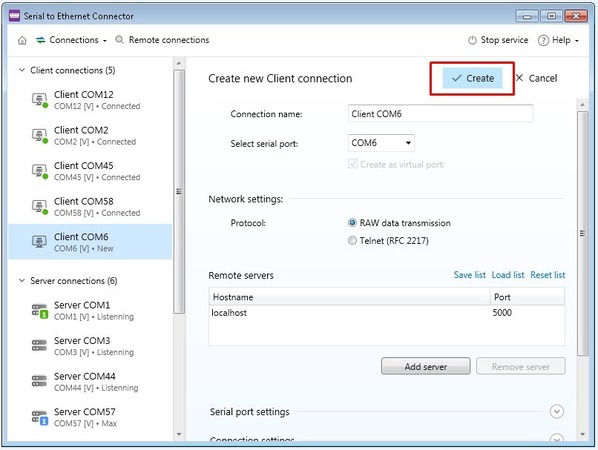


When this is done, you will need to set up a terminal emulator program on your PC as described below. You can connect the Raspberry Pi to a PC using a USB-serial cable, or (if it has an RS-232 port) a level-converter circuit - see above for details. NOTE FOR RASPBERRY PI 3: The Raspberry pi 3 has changed things a bit and you might need to add the option enable_uart=1 at the end of /boot/config.txt (see this post by a Pi Engineer) The Debug Buddy ultimate serial port can also be configured for 0/5 V signals. Other circuits for level shifting are shown at RPi_GPIO_Interface_Circuits#Level_Shifters. See this tutorial for an example using a ready-made level shifter module. If you wish to connect to a peripheral which has 0/5 V signals, you should ideally have a circuit to convert between the voltage levels. For using the Adafruit 954 cable on Windows, see Adafruit 954 USB serial cable.These can be simply plugged in directly to the GPIO header (see illustration).

the Adafruit 954 cable, the FTDI TTL-232R-RPI cable, or the Debug Buddy ultimate serial port). If you wish to connect your Raspberry Pi to a PC with a USB port, the simplest option is to use a USB-to-serial cable which uses 3.3 V logic levels (e.g. If your Raspberry Pi has bluetooth/wireless capability, then the on-chip UART connected to the header pins is the less capable mini-UART with no break detection, no framing errors detection, no parity bit, no receive timeout interrupt and no DCD, DSR, DTR or RI signals (See RPi UART info for more details.)
IP OVER SERIAL IN LINUX HOW TO
See this tutorial for one example on how to build a 3.3 V to RS-232 level converter with a breadboard, a MAX3232CPE IC and five 0.1 ♟ capacitors. If you wish to connect one of these, you need a board or adapter to convert the signal levels. The ports use 0V and 3.3 V logic levels, not 0 & +5V TTL levels or the +/-12 V used by RS-232 serial ports found on some older PCs. The Broadcom chip at the heart of the Raspberry Pi has low power serial ports with limitations of voltage and protocol compatibility. You will also need to connect the Ground pins of the two devices together. To connect to another serial device, you connect the 'transmit' of one to the 'receive' of the other, and vice versa. The Raspberry Pi serial port consists of two signals (a 'transmit' signal, TxD and a 'receive' signal RxD) made available on the GPIO header.


 0 kommentar(er)
0 kommentar(er)
